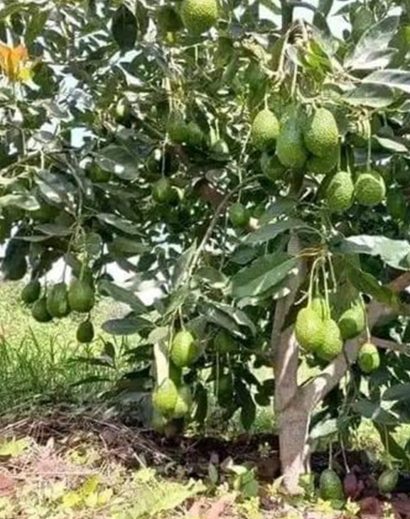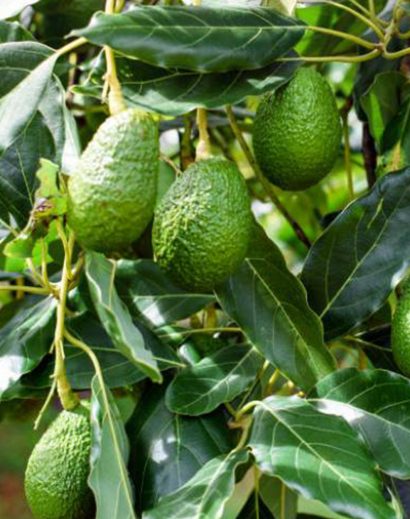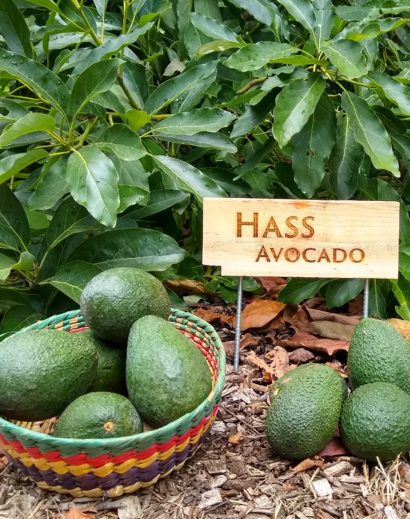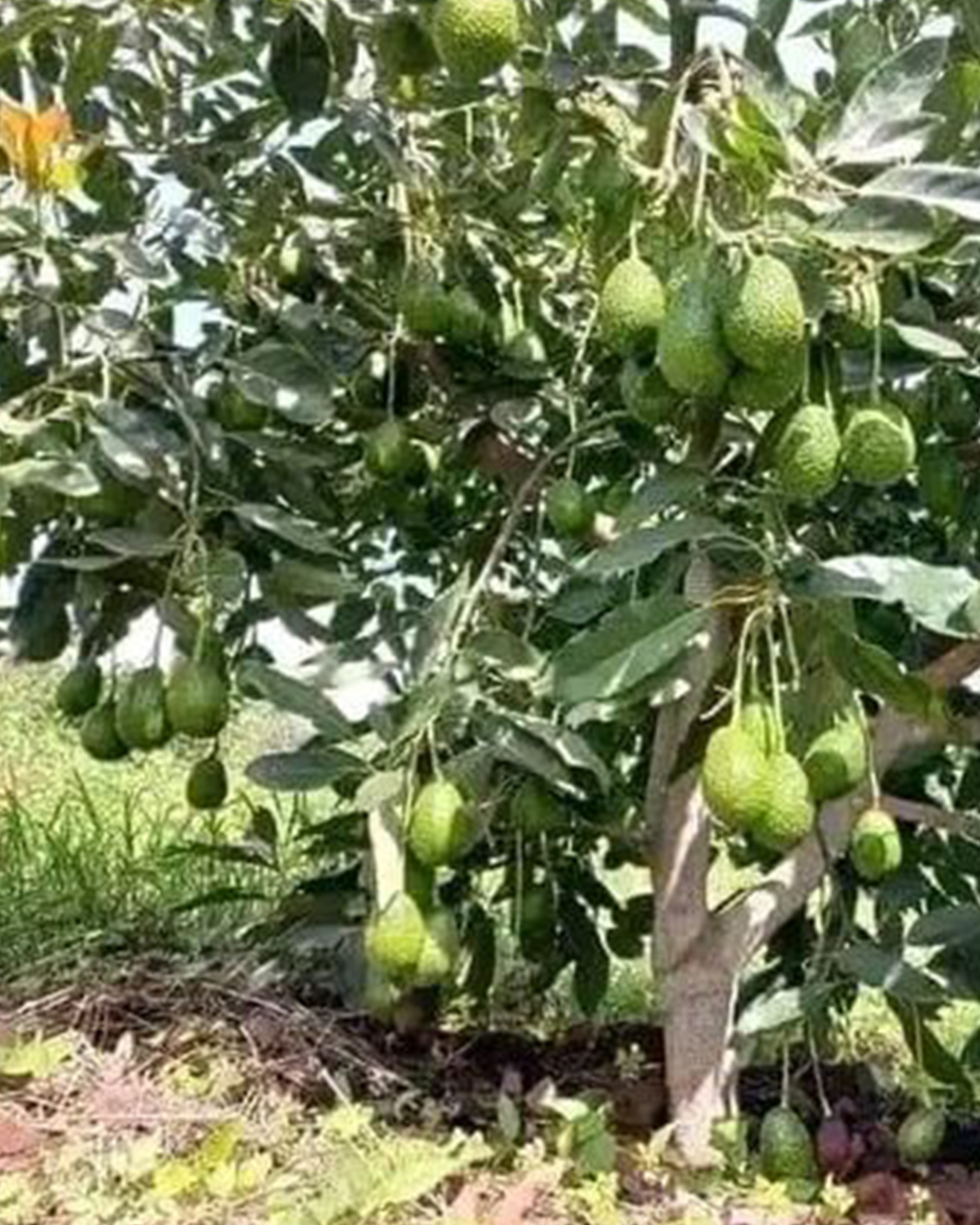Hass avocado, scientifically known as Persea americana ‘Hass,’ is one of the most popular and widely cultivated avocado varieties in the world. It is known for its distinctive appearance, creamy texture, and rich flavor. Here’s a description of Hass avocados:
- Appearance: Hass avocados are oval or pear-shaped and typically range in size from 5 to 12 centimeters (2 to 4.7 inches) in length. They have a rough, pebbly skin that changes color as the fruit ripens. When immature, Hass avocados are green, but as they ripen, their skin transitions to a purplish-black or dark green hue. This color change is a reliable indicator of ripeness.
- Skin: The skin of a Hass avocado is relatively thick and textured compared to other avocado varieties, making it easy to handle. It is also easy to peel when the fruit is ripe.
- Flesh: Inside, Hass avocados have creamy, pale-green to yellowish flesh with a buttery texture. The flesh is known for its rich and nutty flavor, which is a key reason why it is so popular among avocado enthusiasts.
- Seed: Hass avocados have a large, smooth, and oval-shaped seed (pit) that is easily removed with a knife or spoon.
- Ripeness: Hass avocados are typically picked from the tree when they are still firm and unripe. They then undergo a ripening process off the tree. As they ripen, the flesh becomes softer and creamier, and the flavor develops to its full potential. A ripe Hass avocado should yield slightly to gentle pressure when squeezed but not feel mushy.
- Nutritional Value: Hass avocados are a nutritious fruit that is rich in healthy fats, particularly monounsaturated fats, which are beneficial for heart health. They are also a good source of dietary fiber, vitamins (such as vitamin K, vitamin E, and some B vitamins), minerals (including potassium), and antioxidants.
- Culinary Uses: Hass avocados are incredibly versatile in the kitchen. They are often used in salads, guacamole, sandwiches, and as a topping for various dishes. Their creamy texture makes them an excellent ingredient for smoothies, spreads, and dressings.
- Storage: To ripen Hass avocados, you can leave them at room temperature in a paper bag until they are ready to eat. Once ripe, they can be stored in the refrigerator to extend their shelf life.





Reviews
There are no reviews yet.